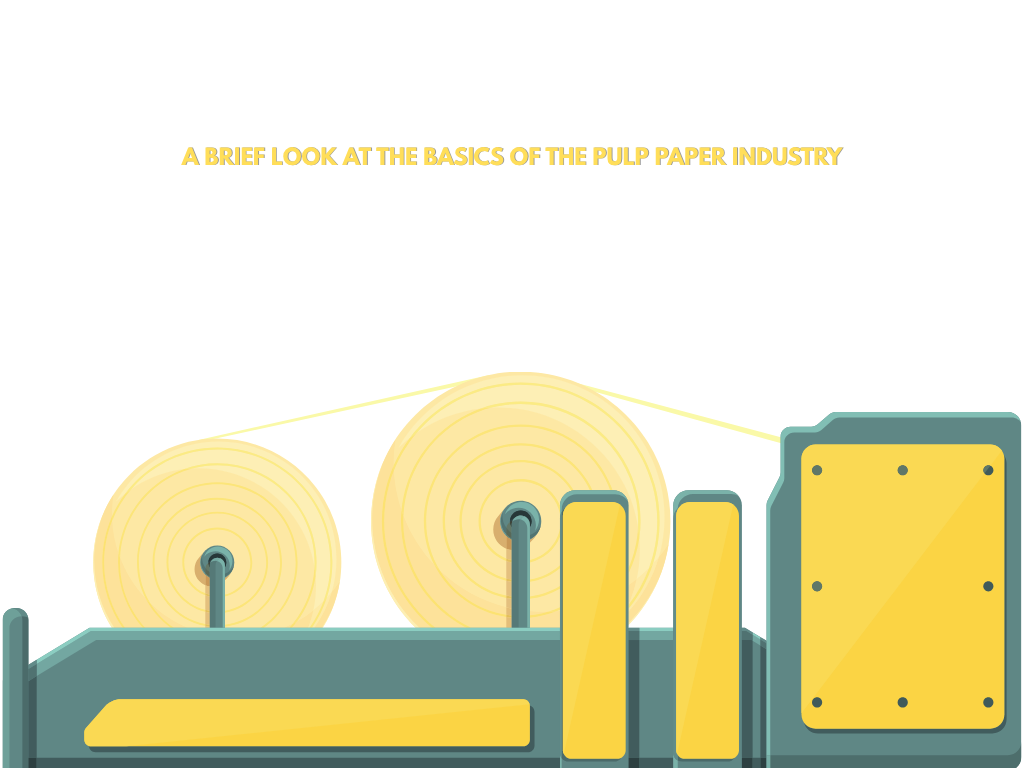Paper packaging emerges as the winner for US consumers

Consumers have a clear preference when it comes to the kind of packaging material like paper packaging they’d like brands and retailers to move towards. Do business owners need to alter their choices based on consumer demands to drive purchasing decisions? Let’s find out.
The doorbell rings and there’s another (probably the third) package for the day at your doorstep.

Haven’t we all indulged in online shopping, more than ever, during the pandemic?
With the brick-and-mortar stores being shut owing to the lockdown, e-commerce witnessed a boom resulting in a surge in the number of packages arriving. And in a world that’s constantly evolving, there comes a growing awareness in terms of the materials that are used to package and ship these products, along with the impact they have on the environment.
Paper Packaging is Better and Sustainable
Recent survey suggests that paper packaging is better and more sustainable
A new survey commissioned by Two Sides North America — and conducted by international research firm Toluna — found that U.S. consumers believe paper packaging is better for the environment, as compared to other packaging materials.
Paper stands out as the preferred packaging choice, plastic left way behind
Survey respondents were asked to rank their preferred packaging material (paper/cardboard, plastic, glass, and metal) based on 15 environmental, aesthetic, and practical attributes.
The results? Paper or cardboard packaging was preferred for 10 of the 15 attributes, with half of the respondents saying it is better for the environment. Consumers also preferred paper/cardboard packaging on other environmental attributes — including being home compostable (65%) and easier to recycle (44%).

Glass packaging was preferred by consumers for four practical and aesthetic attributes, including being reusable (39%), having a preferred look and feel (39%), providing a better image for the brand (38%) and better protection (35%). Out of the respondents, 45% preferred metal packaging for being strong and robust.
Plastic packaging was not preferred for any of the 15 attributes. Only one in 10 respondents believed that plastic packaging is better for the environment.
Consumers demand that businesses make the shift to paper
Brands and retailers have a key role to play in driving innovation when it comes to promoting the use of recyclable and sustainable packaging options. In response to the increasing consumer pressure to make processes eco-friendly, businesses across industries — from food and beverages to cosmetics and apparel — are ditching plastic to move towards paper packaging that is environment-friendly.
The survey also found that 49% of consumers would buy more from brands that remove plastic from their packaging, and 39% would consider avoiding a retailer who is not actively trying to reduce their use of non-recyclable and non-biodegradable packaging.
The recycling rate for paper is higher than all other packaging materials
Around 66% of all paper and paper-based packaging and nearly 89% of corrugated cardboard gets recycled into new products in the U.S. These high recycling rates are expected to increase further because the paper industry is increasing its investment in the recycling infrastructure, which according to reports will exceed $4 billion between 2019 and 2023.
In stark contrast to this, the U.S. Environmental Protection reports that plastic, glass and metals are recycled at just 9%, 25% and 34%, respectively. This gives consumers and business-owners yet another reason to switch to paper and do away with plastic packaging — it’s not only a good choice for the environment but also a way to attract the conscious, modern-day consumer who is inclined towards making more sustainable choices for the planet.
Brands and packaging manufacturers need to pin their focus on reducing waste from single-use packaging
As consumers, businesses and governments look for ways to create a more sustainable, circular economy, waste from single-use packaging, particularly in marine environments, has come into sharp focus.

When consumers were asked who has the greatest responsibility for reducing the use of non-recyclable, single-use packaging, more than a third (36%) said individuals have the primary responsibility, followed by 23% who believe it’s up to brands and retailers, and 23% who believe it’s up to packaging paper manufacturers.
In conclusion, paper is the perfect packaging choice that can save the planet from the adverse effects of plastic pollution
Paper has always had a head start because of its eco-friendly nature. This combined with the industry’s strong support and investment in recycling has transformed the circularity of paper packaging from vision to reality. With the call for the circularity of product life cycles growing stronger and louder, the paper will continue to remain a consumer favorite.
Learn how the anti-plastic movement going to shift towards paper packaging here.


